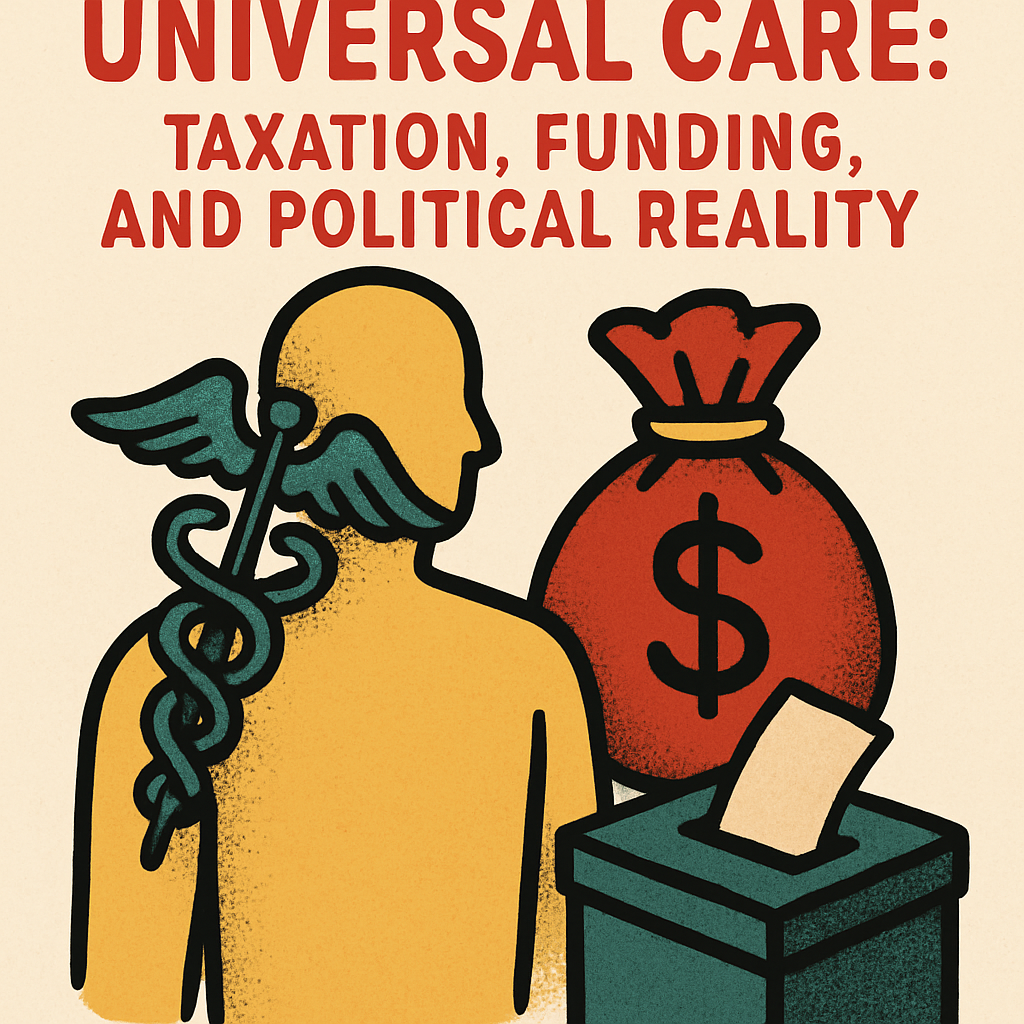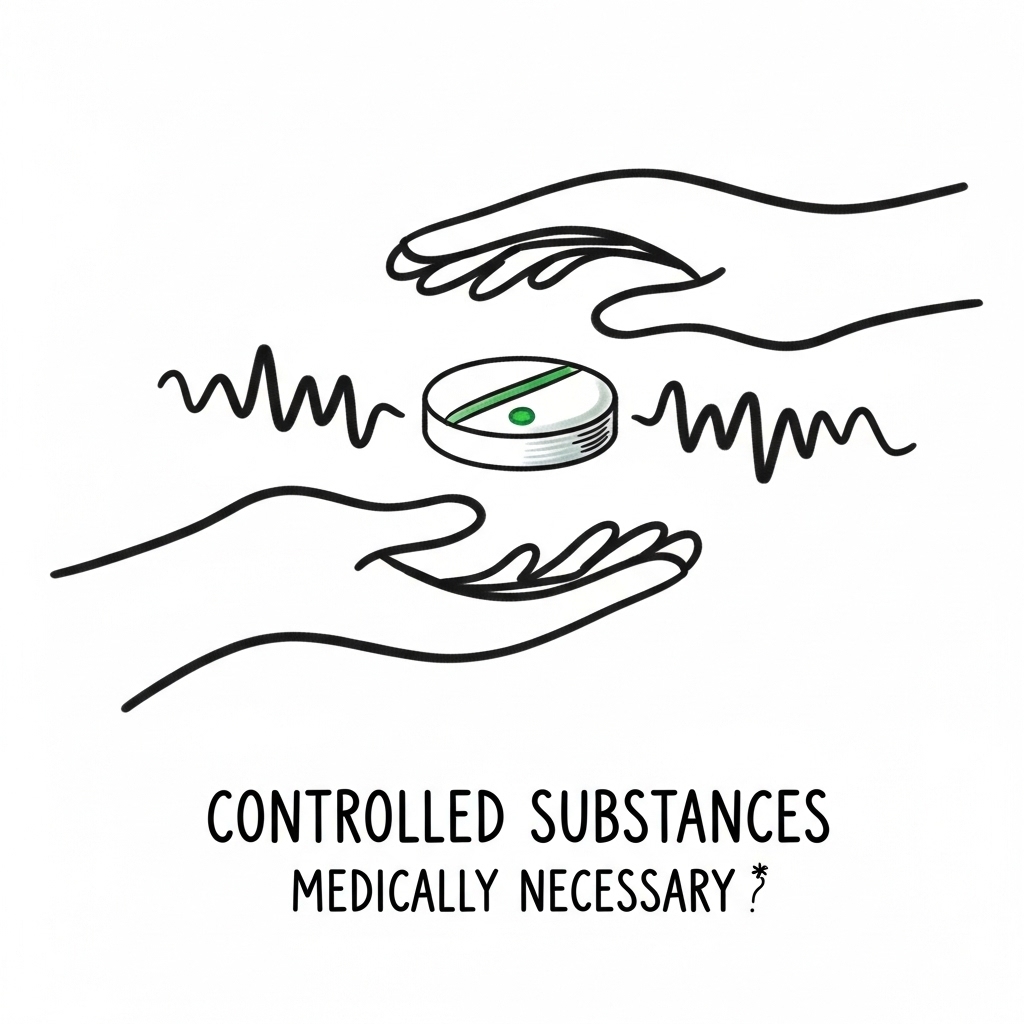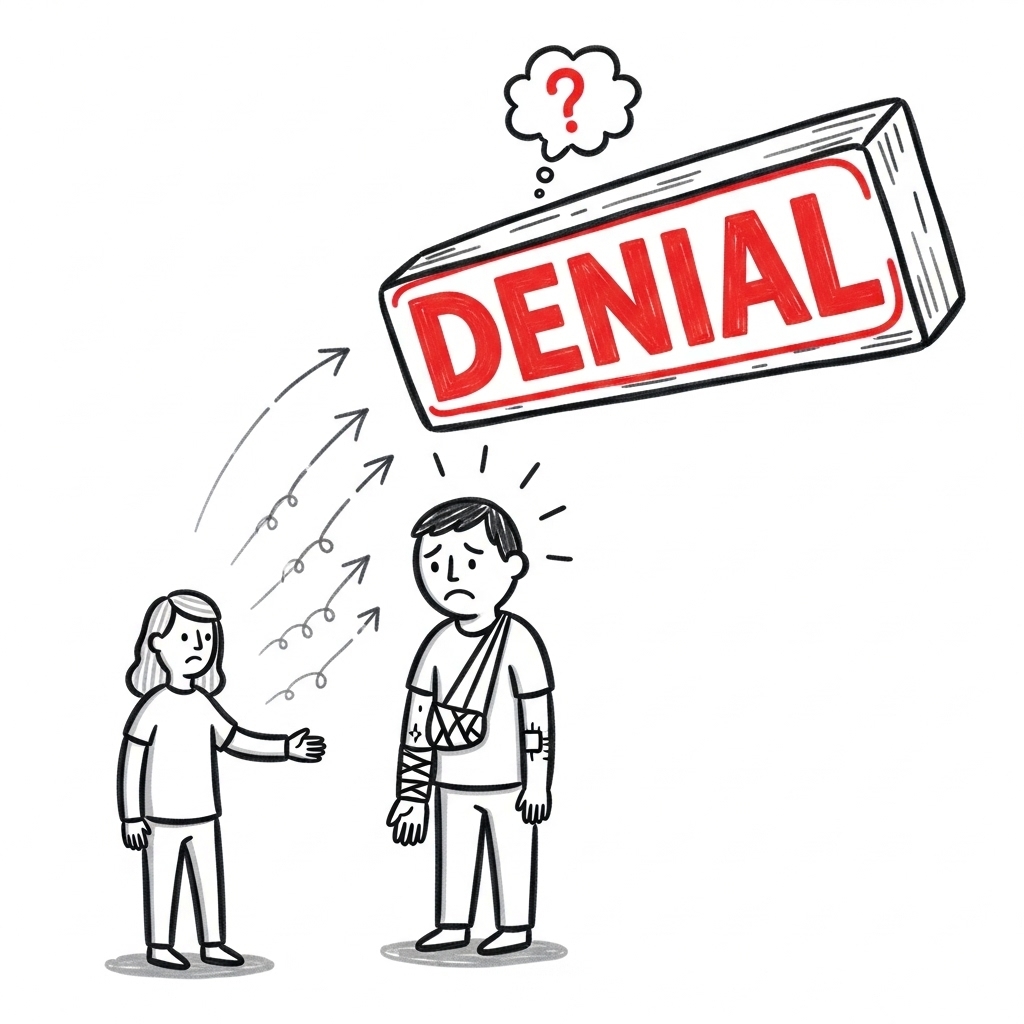
Introduction: “Free” Care Isn’t Free
One of the most persistent misunderstandings about universal healthcare is the idea that it’s “free.”
While nationalized systems may eliminate point-of-service bills, the care is paid for—just not at the doctor’s office.
The real price of universal care shows up in your tax bill, your paycheck deductions, and the political negotiations that determine how much care the system can actually provide.
How Universal Systems Are Funded
Most countries with universal healthcare finance it through:
- Income Taxes – Progressive tax structures ensure higher earners contribute more.
- Payroll Taxes – Employers and employees share the cost.
- Value-Added Taxes (VAT) – A consumption tax applied to goods and services.
- Earmarked Health Levies – Dedicated healthcare surcharges.
For example:
- United Kingdom – The National Health Service is funded primarily through general taxation, including a national insurance contribution.
- Canada – Provinces administer publicly funded plans using a mix of federal transfers and provincial taxes.
- Germany – Statutory health insurance funded by payroll contributions split between employers and employees.
What It Means for Individuals
In universal systems:
- You may not receive a bill for a hospital stay, but you pay for the system every year through taxes.
- The effective “premium” is built into the tax code instead of an insurance policy.
- For higher earners, the annual contribution may exceed what a comparable US private plan costs—while for lower earners, it’s usually far less.
The Political Reality in the US
Expanding to a universal model in the US would require:
- Massive Funding Reallocation – Shifting money from private insurance premiums to taxes.
- Industry Restructuring – Reducing the role (and profits) of private insurers.
- Bipartisan Buy-In – A tall order in today’s uber polarized political climate.
- Public Education – Making it clear that while taxes may rise, out-of-pocket healthcare costs would drop for most people.
The Lobbying Factor
Any reform effort would face intense lobbying from:
- Insurance companies
- Pharmaceutical manufacturers
- Medical device companies
- Provider groups concerned about reimbursement cuts
These industries collectively spend billions to influence policy and protect their market positions. .The U.S. healthcare system has historically funded medical innovation. However, diminishing returns on investment from new drugs and devices in the U.S. are leading to a decrease in internal research efforts.
The Funding Tradeoffs
Universal systems operate on fixed budgets—so the more you cover, the more you must fund.
That means:
- Higher taxes if coverage expands
- Tough choices about which services to include
- Potential rationing of high-cost care to keep budgets balanced
Limited funding can lead to coverage restrictions. While most people may not be aware of these limitations, those who are affected might experience them as restrictions on cardiac treatment for individuals over 65, or the denial of oncology treatment for Stage IV diagnoses. This is not a judgment of right versus wrong, but a necessary tradeoff that warrants open discussion.
Lessons from Other Countries
Countries that sustain universal systems successfully tend to:
- Maintain strong cost controls on drugs and procedures
- Invest heavily in primary care and prevention
- Accept that not every service can be covered at any cost
The US would need to adopt similar discipline for a universal model to be financially viable. This could be challenging, given our ethos of “life, liberty, and the pursuit of happiness.”
Final Thoughts: Honesty First
The conversation about universal healthcare in America needs to start with honesty:
- It’s not free.
- It requires significant tax revenue.
- It demands a willingness to make hard choices about coverage and cost.
If we can’t have that conversation openly, we’ll keep circling the debate without ever moving forward.
About the Author
Douglas J. Jorgensen, DO, CPC, FAAO, FACOFP
Dr. Doug is a physician, consultant, and national educator on healthcare policy and regulatory compliance. He helps policymakers and organizations understand the financial realities of healthcare reform.


